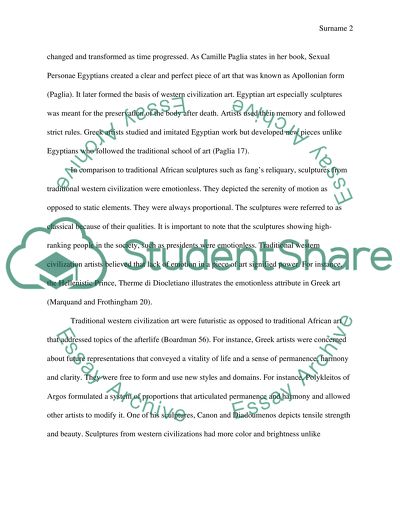Cite this document
(“Western Versus Non-western art Essay Example | Topics and Well Written Essays - 1250 words”, n.d.)
Retrieved de https://studentshare.org/visual-arts-film-studies/1436913-western-vs-non-western-art
Retrieved de https://studentshare.org/visual-arts-film-studies/1436913-western-vs-non-western-art
(Western Versus Non-Western Art Essay Example | Topics and Well Written Essays - 1250 Words)
https://studentshare.org/visual-arts-film-studies/1436913-western-vs-non-western-art.
https://studentshare.org/visual-arts-film-studies/1436913-western-vs-non-western-art.
“Western Versus Non-Western Art Essay Example | Topics and Well Written Essays - 1250 Words”, n.d. https://studentshare.org/visual-arts-film-studies/1436913-western-vs-non-western-art.


